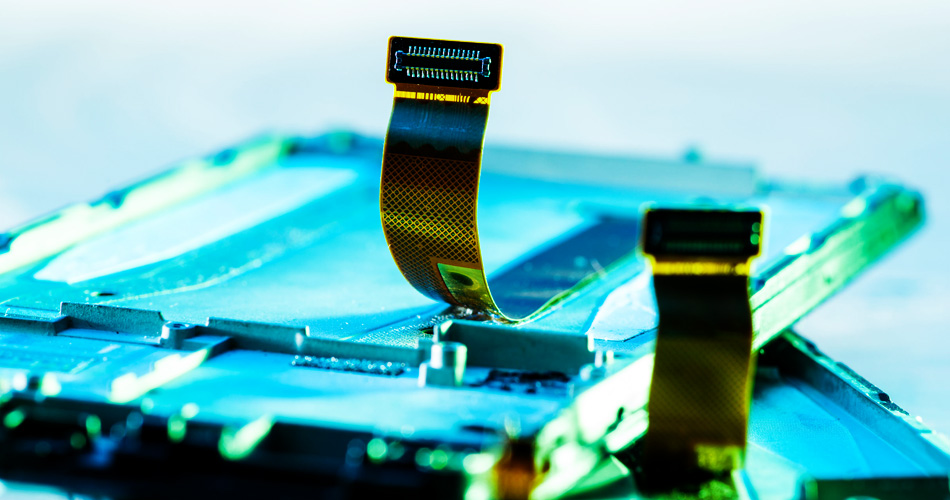- English
- Español
- Português
- русский
- Français
- 日本語
- Deutsch
- tiếng Việt
- Italiano
- Nederlands
- ภาษาไทย
- Polski
- 한국어
- Svenska
- magyar
- Malay
- বাংলা ভাষার
- Dansk
- Suomi
- हिन्दी
- Pilipino
- Türkçe
- Gaeilge
- العربية
- Indonesia
- Norsk
- تمل
- český
- ελληνικά
- український
- Javanese
- فارسی
- தமிழ்
- తెలుగు
- नेपाली
- Burmese
- български
- ລາວ
- Latine
- Қазақша
- Euskal
- Azərbaycan
- Slovenský jazyk
- Македонски
- Lietuvos
- Eesti Keel
- Română
- Slovenski
- मराठी
- Srpski језик
High-speed signal transmission and differential pair routing in PCBA design
In PCBA design, high-speed signal transmission usually refers to high-frequency, high-speed signals, such as high-speed differential signals. Differential signal transmission is often used to reduce signal interference, improve anti-interference performance and reduce errors in signal transmission. The following are key considerations for high-speed signaling and differential pair routing:

1. Advantages of differential signals:
A differential signal consists of two mutually opposite signals that are transmitted simultaneously on a transmission line on a circuit board. This reduces signal interference, suppresses common-mode noise, and improves signal stability and reliability.
2. Signal integrity:
High-speed signal transmission requires consideration of signal integrity, including signal delay, waveform distortion, crosstalk and reflection. Differential pair routing can help reduce these problems in PCBA design.
3. Transmission line characteristics:
For high-speed differential signaling, appropriate transmission line characteristics such as impedance matching, transmission line width, spacing, and layer stack design must be selected. These requirements can be achieved more easily using differential pairs.
4. Signal simulation and analysis:
Use electromagnetic field simulation tools to simulate the transmission of high-speed signals across circuit boards to evaluate signal integrity and waveform quality. This helps predict potential problems and optimize them in PCBA design process.
5. Differential pair length matching:
It is important to keep the lengths of the differential pair signals matched to ensure that both signals arrive at the same time at their destination. This can be achieved by adjusting the length of the transmission line.
6. Ground wire management:
Managing ground wires is key because they can also have an impact on signal transmission. Using flat ground wires or layered ground wires in PCBA design can reduce interference from ground return paths.
7. Electromagnetic interference (EMI):
High-speed signal transmission may produce strong electromagnetic radiation. Using differential pairs reduces radiated noise and reduces the risk of EMI.
8. Differential pair pins:
Use devices with differential pair pins, such as differential pair transmitters and receivers, to simplify the connection and routing of differential signals.
9. Signal layer separation:
For complex high-speed signal transmission designs, consider using multi-layer circuit boards to separate signal layers and reduce crosstalk and cross-interference.
10. Control impedance:
When using differential pair routing, ensure that the control impedance matches the signal to provide optimal signal transmission performance.
The PCBA design and routing of high-speed differential signals requires careful planning and simulation to ensure signal integrity, stability, and reliability on the circuit board. Using differential pairs can help reduce potential electromagnetic interference and signal transmission problems and improve the success rate of high-speed signal transmission.
Send Inquiry
-
Delivery Service






-
Payment Options









